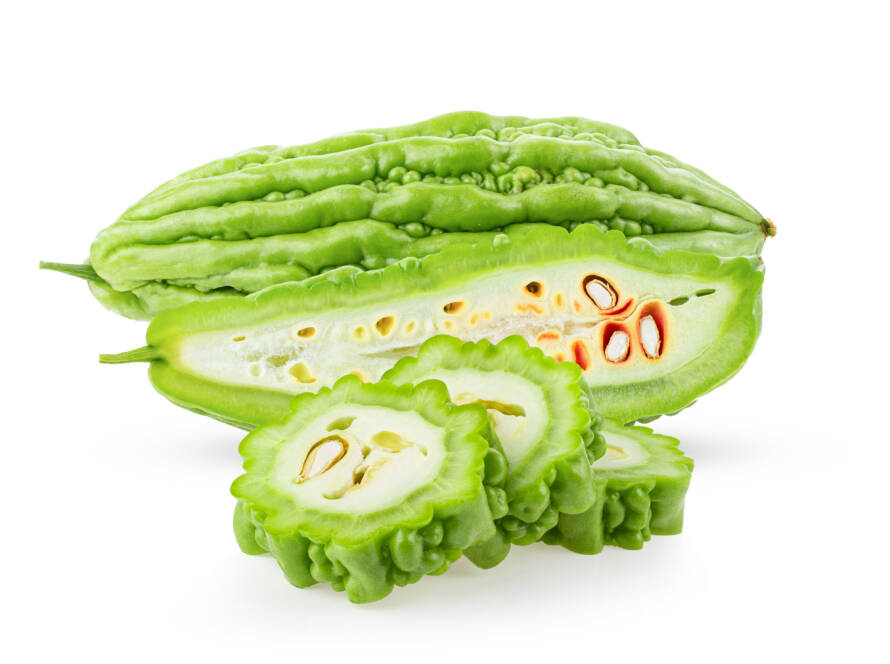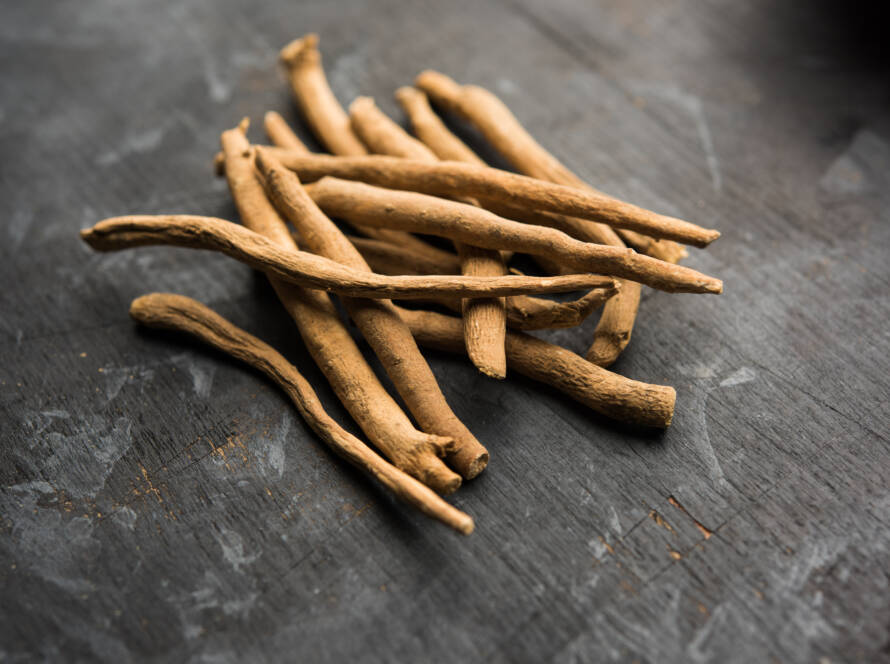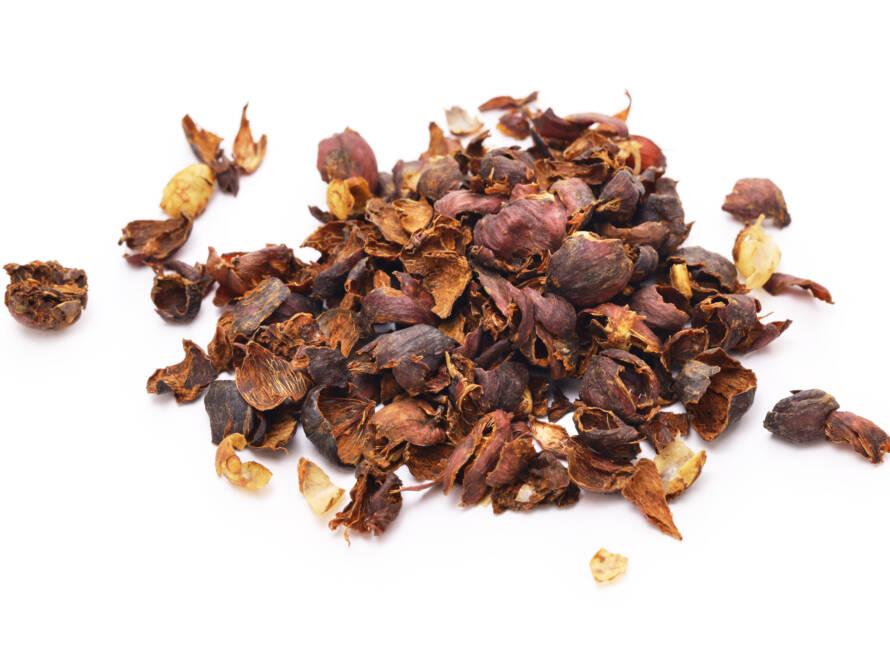Eyebright
Introduction
This fact sheet provides basic information about Eyebright. Eyebright is an attractive weed that grows in fields and meadows in most temperate climate regions of the world. It is a parasitic plant that must attach its roots to the roots of other plants to survive. Nearly all of the eyebright sold on the market is produced in Europe.
Common Names
- Eyebright
Latin Names
- Euphrasia officinale
What It Is Used For
- Respiratory Conditions: Eyebright treats respiratory issues like bronchitis, allergies, colds, and sinusitis. It contains astringent compounds known as tannins that may help tighten the top layers of mucous membranes, reducing mucus secretion, relieving irritation, and improving tissue firmness.
- Eye Wash: Eye wash has also been used to treat various eye conditions.
How It Is Used
Eyebright is commonly prepared as a tea for oral use. Typically, 2,000 mg to 4,000 mg of dried eyebright herb is added to 5 ounces of boiling water and allowed to steep for approximately 10 minutes. The solid particles are then strained out before drinking.
What the Science Says
- There are no recent clinical studies of eyebright to provide a basis for dosage recommendations. The herb is typically applied topically.
Side Effects and Cautions
- Note: Eye drops and eye washes should be packaged commercially under sterile conditions to ensure safety.
Sources
- Drugs.Com
- Wikipedia


